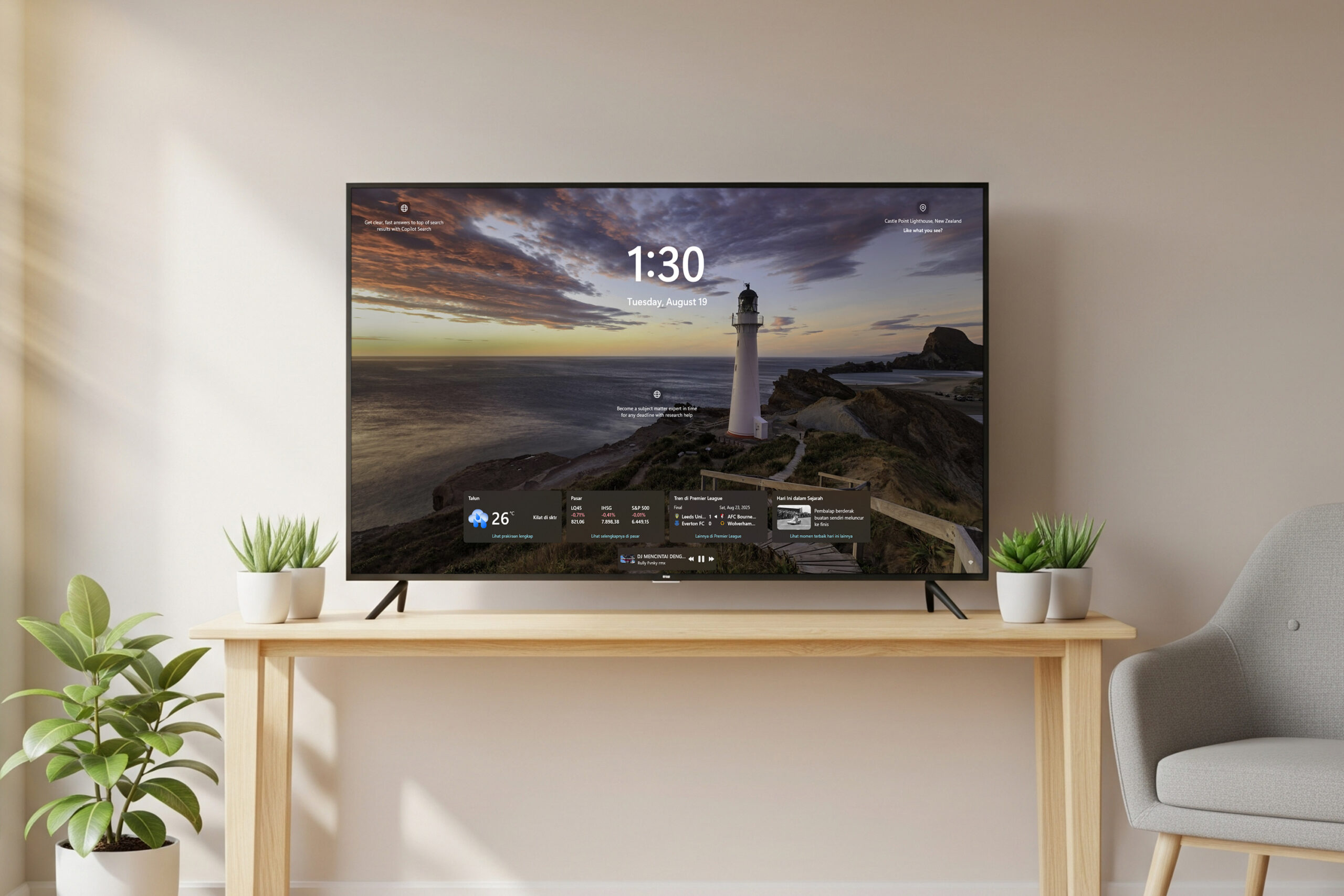- LIFE
100 African Baby Names


If you’ve been TV shopping lately, you’ve probably seen two terms pop up over and over: Mini-LED and OLED. And if you’re wondering which one is actually better, you’re not alone. Both sound fancy, both promise incredible picture quality, and both have strong fan bases. But when you break it down, the “better” option really depends on how you watch TV and what your room looks like.
Let’s take a friendly, real-world look at both technologies so you can pick the one that fits your home, your habits, and your budget.
Most people don’t care about technical jargon. You just want a TV that:
Mini-LED and OLED are both excellent, but they shine in different situations. Think of them less like rivals and more like two very talented players with different strengths.
If your living room gets a lot of sunlight (or if you leave the blinds open all day), Mini-LED will feel instantly at home. These TVs get bright — bright enough to cut through glare and still look vivid.
OLED, on the other hand, is more of a night owl. It still gets bright, especially newer models, but its real magic happens in darker rooms. That’s when you notice the perfect blacks and the smooth, rich detail.
In short:
If you love movie nights and want that silky, cinematic look, OLED is hard to beat. Each pixel can turn off individually, which means dark scenes stay truly dark. No glowing around subtitles or bright objects. Just clean, dramatic contrast.
Mini-LED has gotten really good with its advanced dimming zones, but it still can’t match OLED’s pixel-level precision.
In short:
If you watch a lot of movies in the dark, OLED is the one that will make you say, “Whoa.”
You can’t really go wrong here — both technologies deliver gorgeous color. But they do it differently:
Your preference will depend on whether you like your colors bold and bright or rich and true-to-life.
If you’re into gaming or you love watching the playoffs, you’ll care about motion handling.
OLED is naturally fast, with instant pixel response that makes fast motion look smooth and clean. Mini-LED is also strong here, especially higher-end models, but OLED still feels a bit more fluid when things get really intense.
Gamers often ask about burn-in — and while it’s much rarer today thanks to protection features, Mini-LED has zero risk at all. If you leave static images on screen for hours, Mini-LED is the safer option.
This is usually where Mini-LED wins people over.
If you want a 75-inch or 85-inch screen without the sticker shock, Mini-LED gives you the best bang for your buck.
Mini-LED is the most carefree option — no risk of burn-in, no special precautions needed.
OLED sets have improved dramatically, and everyday users aren’t seeing meaningful issues anymore, but it’s still something cautious buyers think about.
If you keep CNN, ESPN, or dashboard-heavy games on screen for hours a day, Mini-LED might give you more peace of mind.
Here’s the simplest way to decide:
Perfect for: Families, mixed-use living rooms, value-focused shoppers
Perfect for: Movie lovers, gamers, home theater setups, picture-quality enthusiasts
Both Mini-LED and OLED are fantastic — there’s no wrong answer here. It really comes down to your lighting and your viewing habits.
If you watch mostly during the day or want the biggest screen for the best price, Mini-LED is the smart choice.
If you watch in the evenings, love movies, or just want the most dramatic, immersive image possible, OLED will make you happiest.